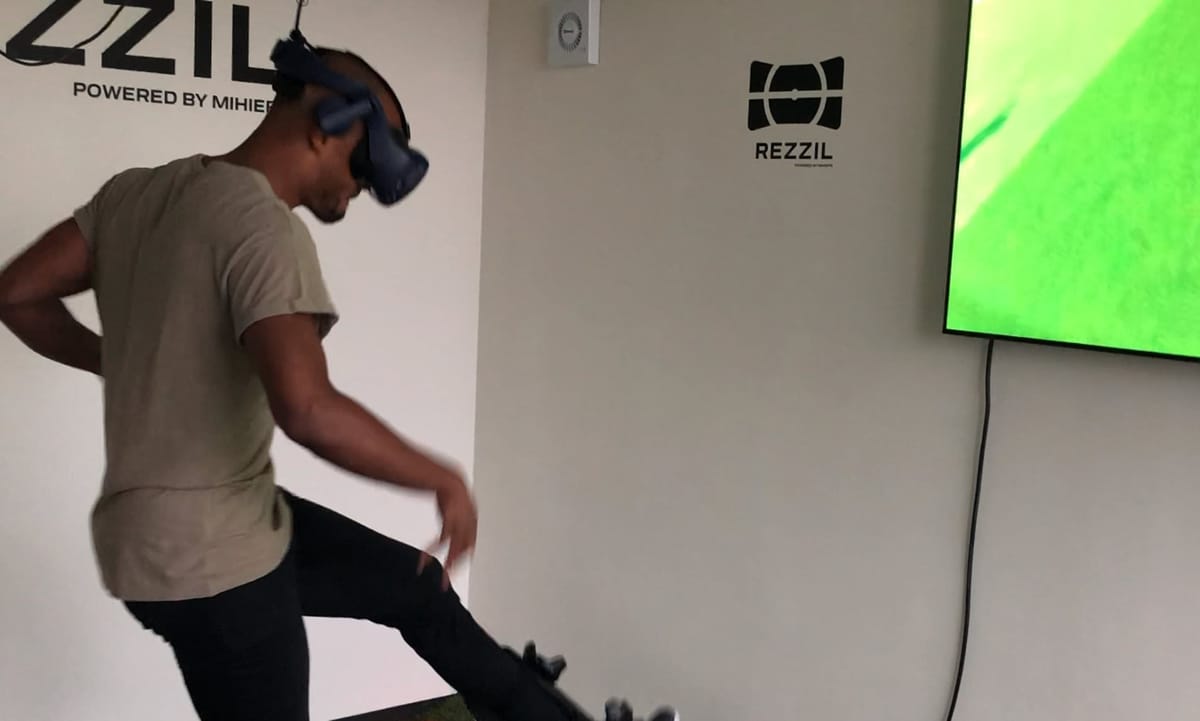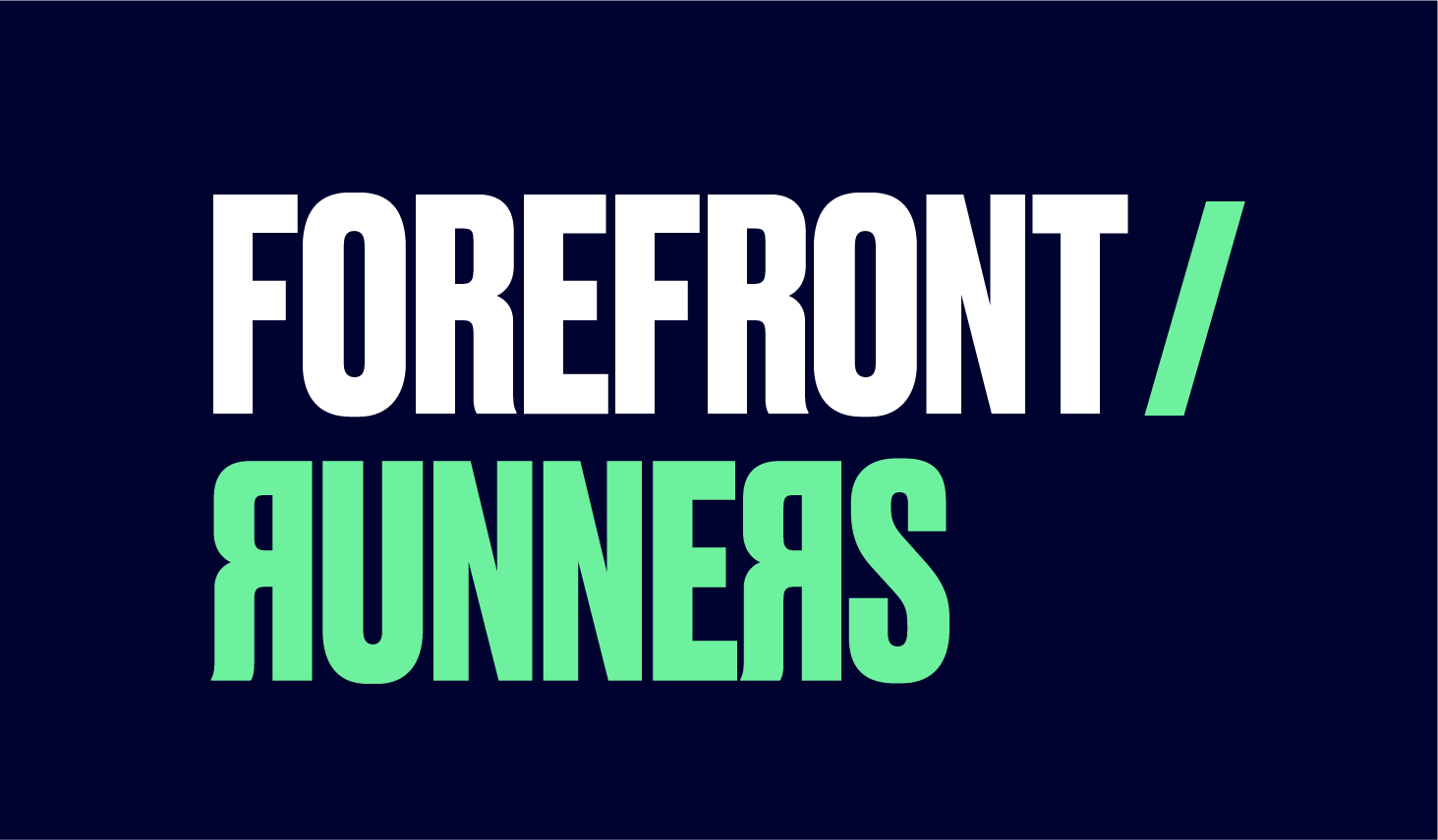Why Top Athletes are Betting on Virtual Reality for Improved Performance and Recovery.

Virtual Reality (VR) and Augmented Reality (AR) are two different technologies that aim to enhance the way people experience and interact with the world.
Virtual Reality and Augmented Reality have a range of applications in the sports industry:
1. Training: VR and AR technologies can be used to simulate game situations and allow athletes to practice and perfect their skills in a controlled environment. For example, VR can be used to simulate specific plays and strategies, while AR can be used to display real-time performance data to athletes.
Vincent Kompany: Former Belgium professional footballer backed Rezzil, sports training games that improve player performance and reaction times.
2. Fan Engagement: VR and AR can be used to enhance the fan experience by providing immersive and interactive experiences. For example, VR can be used to simulate live events, giving fans an immersive and interactive experience of the game. AR can be used to provide fans with real-time information and statistics about the game, or to display digital content, such as player profiles and highlights, in the real world.
Andrew Hawkins and Troy Jones Jr: American football players, have launched StatusPRO, the sports technology and gaming company that combines player data and XR (augmented reality & virtual reality) to create a suite of fan engagement products.
3. Referee Assistance: AR technology can be used to assist referees and umpires in making calls and decisions during a game. For example, AR can be used to display offside lines and make calls on close calls.
National Football League (NFL): Has invested in STRIVR to improve referee performance.
4. Injury Prevention: VR and AR technologies can be used to help prevent injuries by simulating game scenarios and allowing athletes to practice proper techniques in a controlled environment.
5. Medical Rehabilitation: VR and AR can also be used to help athletes recover from injuries. For example, VR can be used to simulate exercises and movements that help rehabilitation progress, while AR can be used to provide real-time feedback and guidance to patients.
Overall, VR and AR technologies have the potential to revolutionize the way we experience and interact with sports. Whether it's enhancing the fan experience, helping athletes train and perform better, or assisting referees and medical professionals, these technologies have the potential to transform the world of sports.
